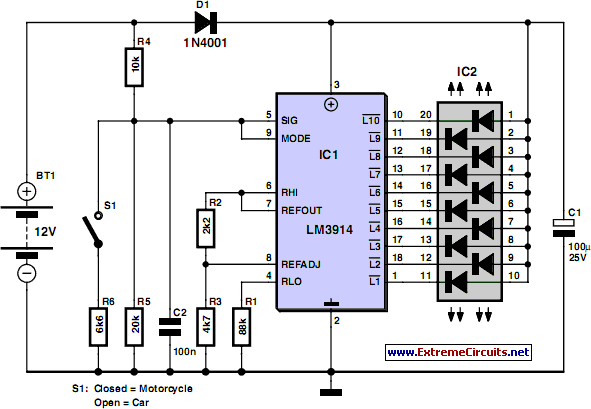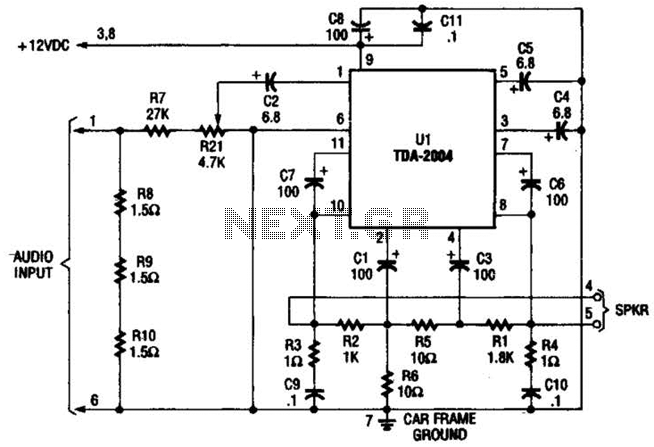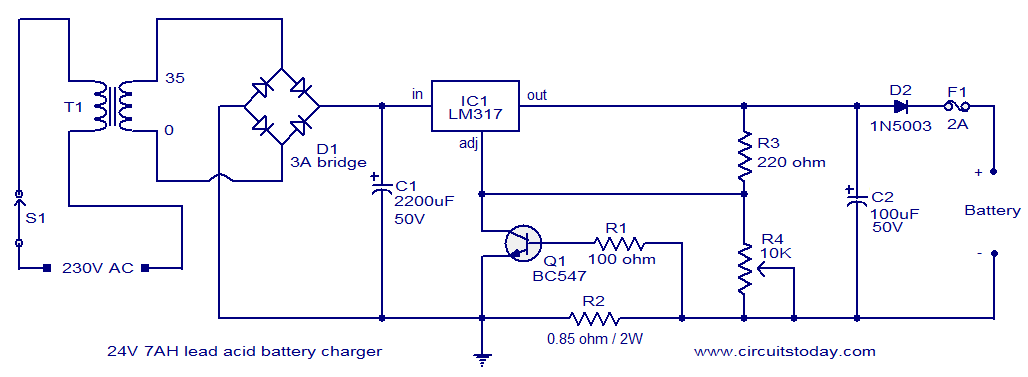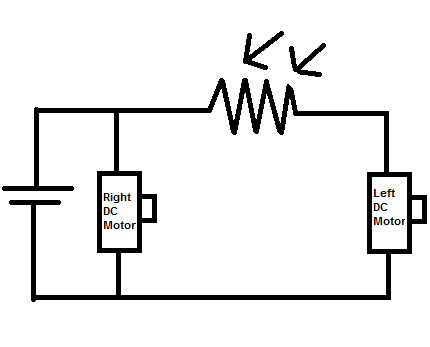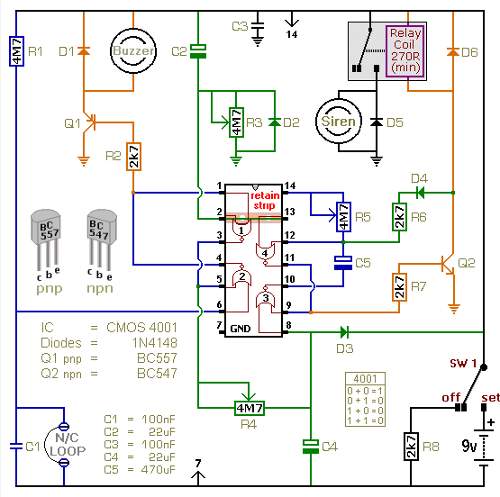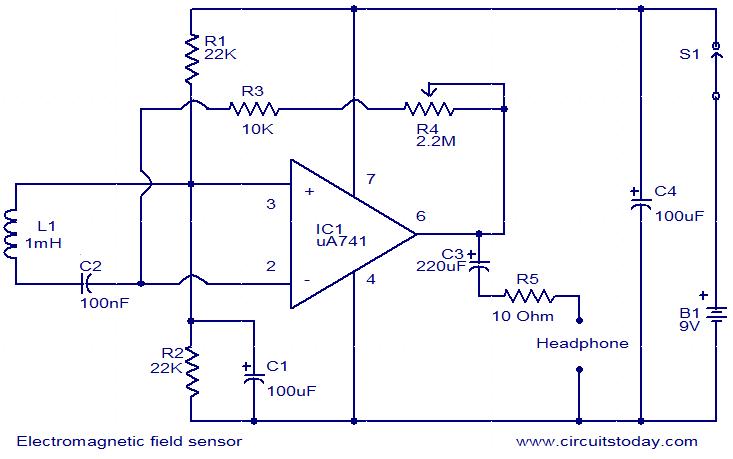
Avoid contact thermometer circuit
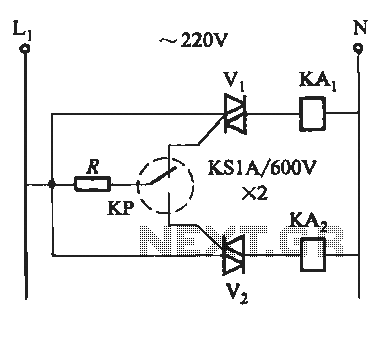
To prevent the failure of electric contact pressure thermometer contacts due to singeing, it is advisable to enhance the contacts, as illustrated in Fig. 11-60. Specifically, the output termination table for DC control utilizes two two-way thyristors or a triac for AC control, while the electric contact pressure thermometer contacts solely manage the thyristor gate.
In this circuit configuration, the electric contact pressure thermometer serves as a critical component for temperature measurement and control in various applications. The enhancement of the contacts is vital to ensure reliability and longevity, particularly in environments where high temperatures can lead to contact singeing.
The use of thyristors or triacs in the output termination table allows for effective control of the load, with the choice between DC and AC control depending on the specific application requirements. Thyristors are suitable for DC applications, providing robust switching capabilities, while triacs are preferred for AC applications due to their ability to conduct current in both directions.
The electric contact pressure thermometer contacts are designed to trigger the gate of the thyristor, enabling it to turn on and allow current to flow to the load. This configuration ensures that the thermometer can accurately control the temperature by modulating the power delivered to the heating element or other devices.
In summary, the integration of enhanced contacts with thyristor or triac control mechanisms provides a reliable solution for temperature management, minimizing the risk of singeing and ensuring consistent performance in various industrial and commercial applications.In order to prevent electric contact pressure thermometer contacts singeing failure, the best way is to work to improve the contacts, as shown in Fig. 11-60. Namely (DC control) output termination table two two-way thyristor or triac (AC control), electric contact pressure thermometer contacts only control the thyristor gate.
In this circuit configuration, the electric contact pressure thermometer serves as a critical component for temperature measurement and control in various applications. The enhancement of the contacts is vital to ensure reliability and longevity, particularly in environments where high temperatures can lead to contact singeing.
The use of thyristors or triacs in the output termination table allows for effective control of the load, with the choice between DC and AC control depending on the specific application requirements. Thyristors are suitable for DC applications, providing robust switching capabilities, while triacs are preferred for AC applications due to their ability to conduct current in both directions.
The electric contact pressure thermometer contacts are designed to trigger the gate of the thyristor, enabling it to turn on and allow current to flow to the load. This configuration ensures that the thermometer can accurately control the temperature by modulating the power delivered to the heating element or other devices.
In summary, the integration of enhanced contacts with thyristor or triac control mechanisms provides a reliable solution for temperature management, minimizing the risk of singeing and ensuring consistent performance in various industrial and commercial applications.In order to prevent electric contact pressure thermometer contacts singeing failure, the best way is to work to improve the contacts, as shown in Fig. 11-60. Namely (DC control) output termination table two two-way thyristor or triac (AC control), electric contact pressure thermometer contacts only control the thyristor gate.
Warning: include(partials/cookie-banner.php): Failed to open stream: Permission denied in /var/www/html/nextgr/view-circuit.php on line 713
Warning: include(): Failed opening 'partials/cookie-banner.php' for inclusion (include_path='.:/usr/share/php') in /var/www/html/nextgr/view-circuit.php on line 713
